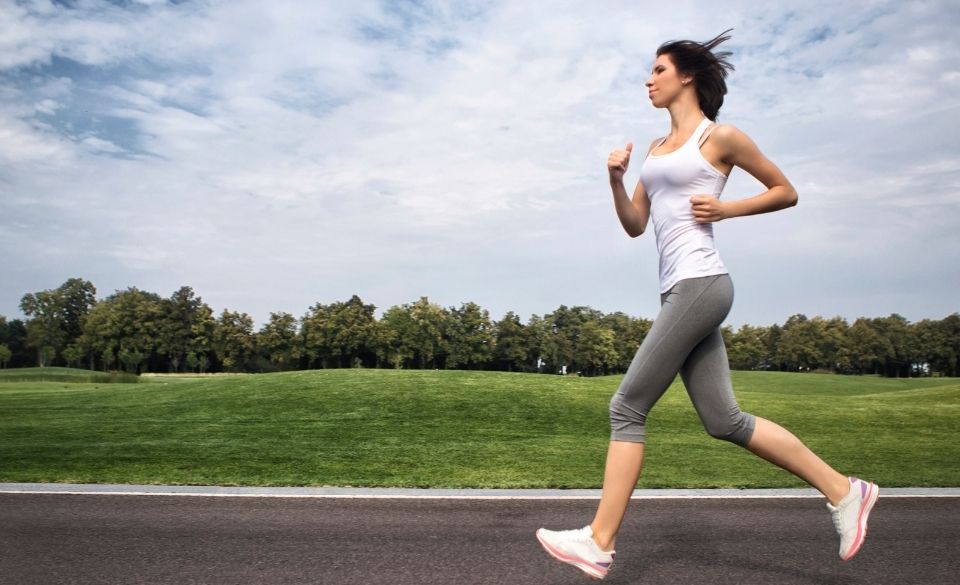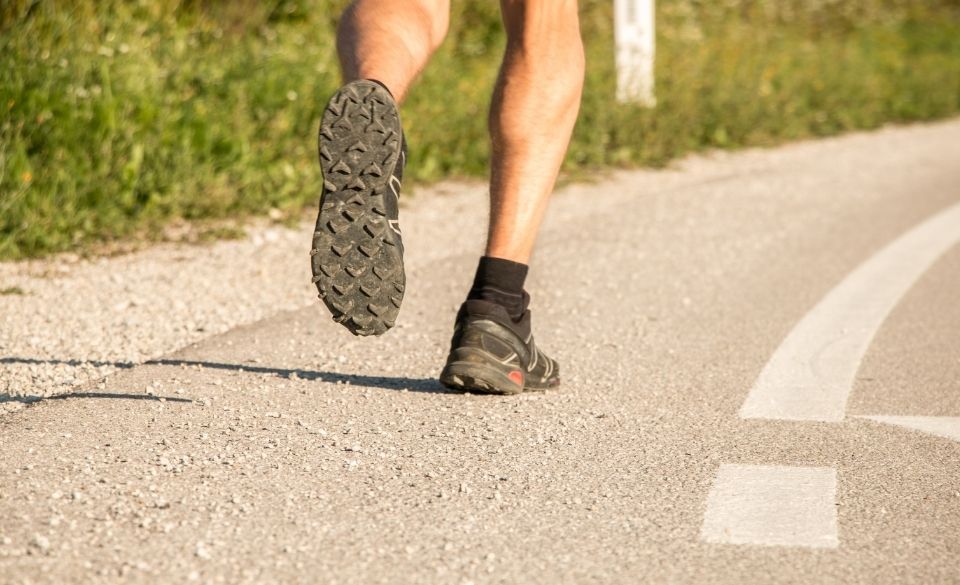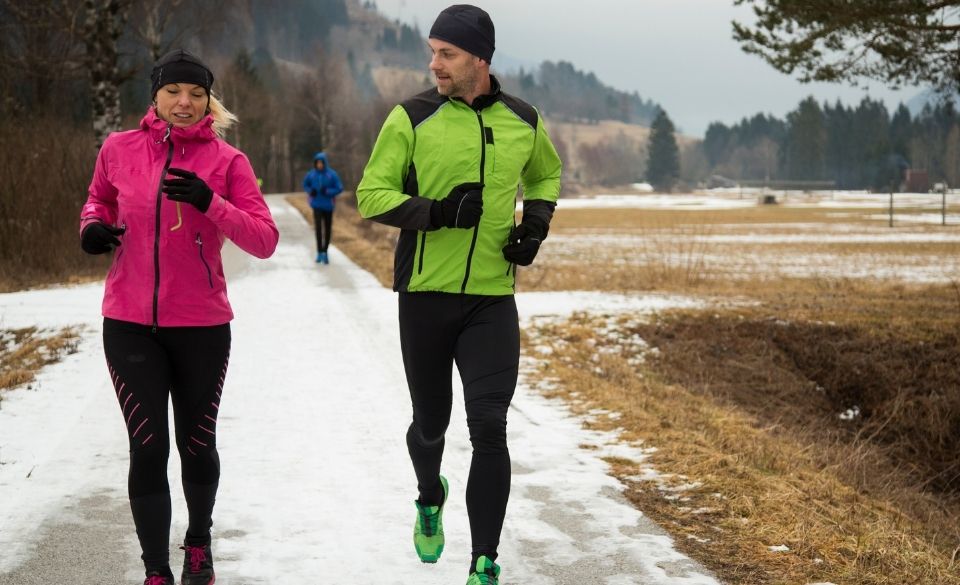
Muscles Used When Running – The Ultimate Guide 2022
Page Contents
Have you wondered which muscle groups are used when running? You may be surprised to find out just how many muscles are involved.
Running is an exercise that works your whole body and gives you a great workout. It is no surprise to see people wonder which specific muscles are used since understanding how each muscle works can help you improve your running form and technique.
Let’s take a look at the key muscles used when running and how you can strengthen them.
Muscles Worked While Running – What Are They?
Running works a variety of muscles in your body, and they work in tandem to maintain your form and posture. The main muscles worked while running are:
Quadriceps
Your quads will be one of the main muscles put to use. The forward motion of your legs activates these muscles, which are mainly located around your thighs. They help to extend your knees when you run whilst also stabilizing them and absorbing the shock when landing. You can strengthen your quads with leg extensions exercises.
Hamstrings
Another muscle that is put to hard work is your hamstrings. They play a vital role in the forward movement action, and they initiate the knee bend and help to extend your thighs. Many runners can have tight or weak hamstrings, and this increases the risk of injury or pain during running. Dynamic stretching, deadlifts, and leg curls can help to build strength.
Glutes
Your glutes also referred to as the gluteus maximus, are a group of three muscles that work together. Located in your buttocks, they power your running and help to stabilize your hips and legs whilst also maintaining posture and stability. The modern lifestyle means we sit for long periods of time, and this leads to weaker glutes. This can put an extra strain on your back, and it increases the risk of injuries. You can strengthen your glutes by getting up every hour and adding squats, glute bridges, and walking lunges to your workout routine.
Hip Flexors
Your hip flexors can be found at the front of your hip. They work together with your quad and hamstrings to move your legs back and forth. The muscles also help with stability in the pelvis and help you develop good running form. Weak hip flexors can increase the likelihood of knee pain when running. You can strengthen your hip flexors with runners lunges, hip extensions and bridges.
Calves
Your calves help you push off the ground and move ahead. They help maintain your balance and provide movement around the ankle joint. They also help to cushion the impact. Weak calves can increase the risk of achilles injuries. You can strengthen them with calf raises, jump rope, and toe lunges.

Muscles Used In Running vs. Walking – What is the Difference?
Running and walking both affect your body in different ways. While both are a great form of exercise, running gives you a different type of workout.
1. The foot landing is different
When you are running, ideally, you land on your midfoot and then launch off your big toe. In contrast, there is more heel involvement in walking. The strides you make will differ in both exercises, and this affects which muscles are used. There can be more hamstring involvement in walking and more quad involvement in running.
2. Running works your joints more
Another key difference between running and walking is the impact on your joints. This can be a positive since it gives you a tougher workout. However, it also increases the risk of injury if your form is off. This is why it is so vital to perfect your form so that you can reap the full benefits of running. You can also reduce the risk of injuries by easing yourself in with shorter sessions.
3. Running increases bone density and improved muscle function
This increased pressure leads to greater bone density and helps you build muscle. Additionally, running also helps to improve circulation.

Upper Body Muscles Used in Running
It is common to think that running primarily works muscles in your legs and lower body. However, running also gives you a significant upper body workout. If you have good form and stability, then your core and upper body will also be involved. Take a look at the upper body muscles that are used when running.
Abdominals
Your abdominals (or abs) are a group of muscles that make up your core. Abs help to maintain stability and proper posture. In particular, the rectus abdominis and intercostals play a key role in running. They help with heavy inhalation and exhalation. Keeping these muscles strong allows you to maintain form when running for longer distances. You can strengthen your abs with some crunches. A strong core is vital for minimizing the risk of injury.
Deltoids
The deltoids are found in your shoulders, and they help give you that power to swing your arms when running. Keeping these muscles strong can help improve running efficiency. Lateral raises, dumbbell presses, and rear delt fly are exercises that can strengthen your deltoids.
Biceps
Runners aren’t usually known for huge arms or biceps, but they still play a role in running. This is especially the case when it comes to long-distance running and competitive events where every second counts.
Pectoral
Tight pectoral muscles can put a strain on your running form. It can also restrict the expansion of lungs, which makes breathing harder. By building strength in your pecs, you can run more efficiently. An upper body workout routine can remedy a tight chest.
Closing Thoughts
Running is an intensive exercise that works many key muscles. Getting yourself from point A to B poses a significant strain on your body which involves a variety of muscles. You will now have a clearer idea of the exact muscles used when running. By working on the weakest muscle groups, you can prevent injuries and optimize your running form.



